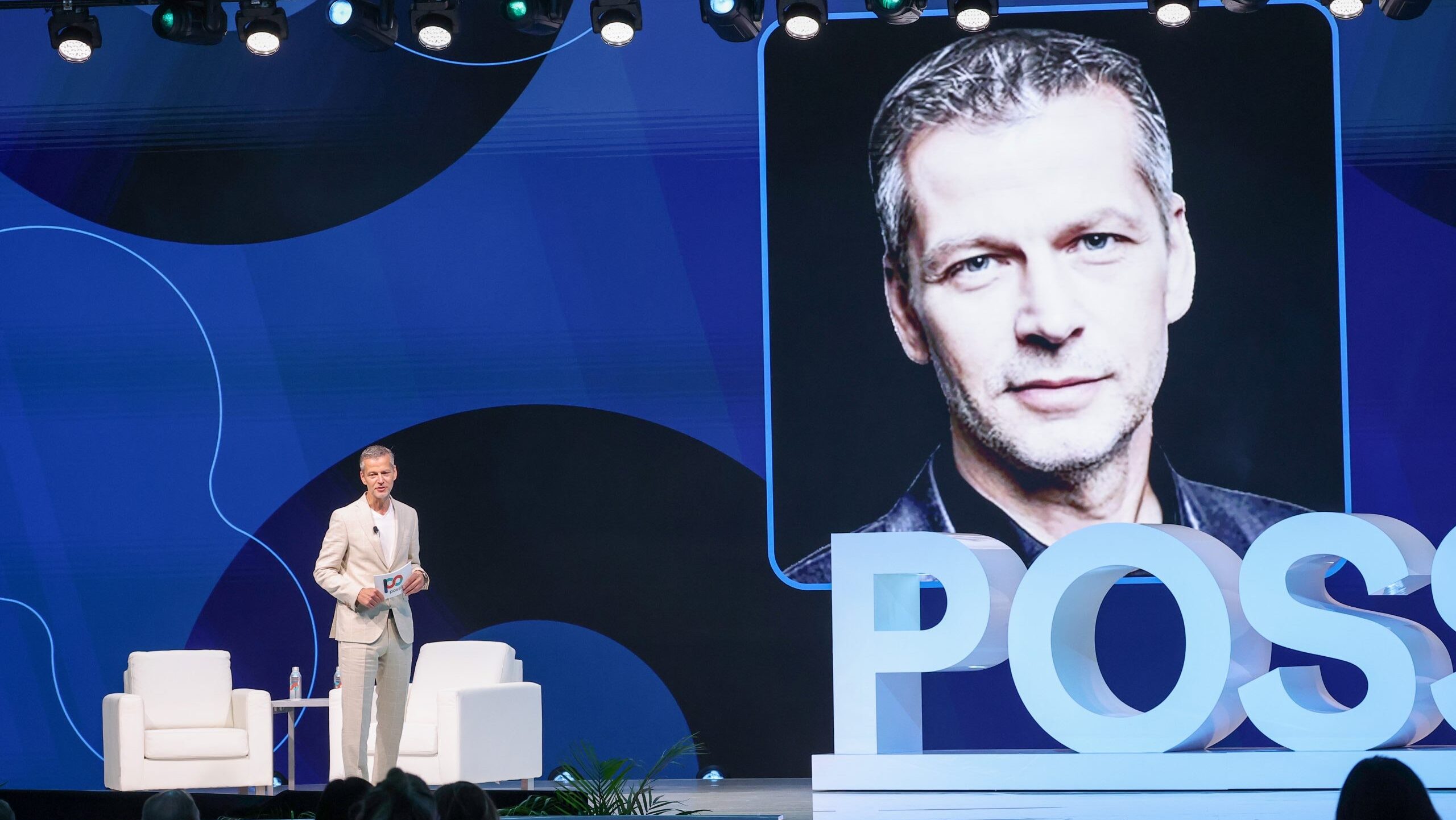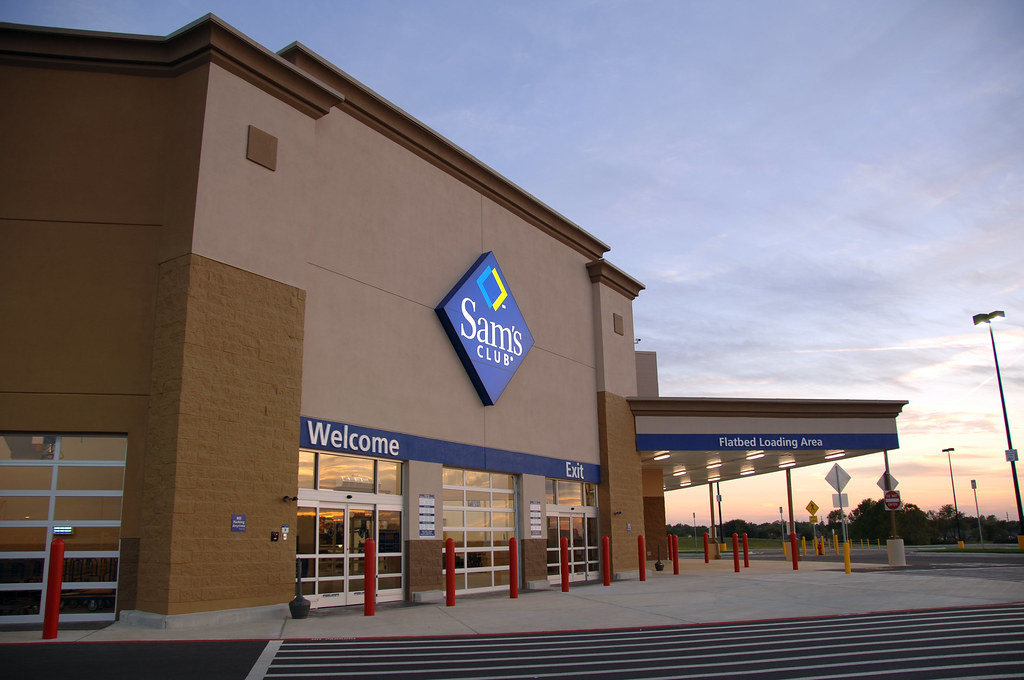It’s no secret that the future of retail is adaptive, immersive, and a little overwhelming to think about. What does that mean for the actual brick-and-mortar retail space, however?
“It is not any particular technology or innovation that the retail industry needs in order to move into the future,” said Gary Hawkins, author of Bionic Retail: How to Thrive in an Exponential World, to TFI.
“Rather, it is an understanding of the exponential world we now live in, an understanding of the growing gap as change outside the retail organization happens faster than within the organization, and a need to deliberately change paths to the exponential path to the future and away from the historical path to retail purgatory.”
Hawkins said he wrote Bionic Retail because he sees retailers focusing on new technologies instead of learning how to adapt to the broader picture of what’s accelerating wild technological innovation in the space, citing Moore’s Law as a good starting point for the conversation.
“Moore’s Law says that computer processing power doubles every 18 to 24 months,” Hawkins explained. “Processing power devoted to AI is now doubling about every 3.5 months. That exponentially growing processing power is combining with exponentially growing data and exponentially growing AI to power an ‘innovation flywheel’ that is flooding retail with new capabilities that simply weren’t possible even a short time ago.”
Hawkins worries that retail executives are more focused on swift implementation of shiny new technology instead of preparing their brands and organizations for better and more efficient decision-making in tomorrow’s exponential world.
“I believe retailers need to combine new knowledge and understanding of the exponential world with an ability to identify and set aside constraining practices and beliefs in order to create their future of retail,” Hawkins said.
When New Tech Meets Old Retail
Apple recently debuted its Apple Vision Pro AR/VR-enabled headset to much fanfare. Until the price comes down, however, the Vision Pro simply won’t be available to most consumers due to its exorbitant starting cost of over $3,000.00. Many believe the future of retail (and many other industries) lies in integrating devices like the Vision Pro, however, into our everyday lives, completely transforming how and in many cases why business is done the way that it is.
Hawkins said we’re at the very beginning of merging the digital and physical shopping landscapes (some describe this concept as phygital, a poor term that doesn’t really describe the reality for most end users). As retailers like Walmart position their digital app to complement the in-store experience by showing where a product is or providing an entire “Google Map”-like experience to solve the salesman’s dilemma of an afternoon’s errand.
But Hawkins doesn’t believe headsets like the Vision Pro – bulky, heavy, cost-prohibitive – will be as transformative as many believe.
“Apple Vision Pro points toward a more integrated digital-physical experience,” he said, “however, it is the coming next-generation smart glasses that I believe are going to transform shopping.” Hawkins noted that smart glasses are less obtrusive and will leverage the vast computing power of connected smartphones to provide a digital overlay to what the consumer views in the real-world retail space.
“Imagine entering the store and a greeting pops up in the corner of your lens from the store manager, welcoming you by name. As you move into the store, an app provides virtual wayfinding based on your shopping list, guiding you to the next item. If you have created a profile in the retailer’s app – for example, I need gluten-free food products – those gluten-free products light up as you walk down the aisle, making them easy to find. Or other products light up that offer you a personalized promotion. Or maybe you have a virtual chef that suggests a dinner recipe and how to prepare it.
“There is no end to how this kind of technology can transform shopping.”
Hawkins also pointed out that this technology will completely change retail from an employee’s perspective too – imagine a morning associate at a grocery store who can judge the ripeness of fruit simply by looking at it, guided by an app to help sort the over-ripe from the ripe, “or the fishmonger’s glasses lighting up with the name and preferences of an approaching shopper. Again, there is no end to where this goes.”
How Retail Affects Human Longevity
In this space (and elsewhere at foodinstitute.com), we write all the time about the burgeoning health and supplements market, the latest diet and wellness trends, and how it’s all connected to what’s offered at grocery, restaurant, and retail. The more he came to understand the contemporary retail space, the more Hawkins believes bionic retail is set to not only improve human life, but to possibly extend it.
As more work is being published (and more health-focused products manufactured) to improve health and happiness, we may be entering an era in which the average human life can not only be improved, but extended.
And are store managers ready for what that means?
“Are retailers prepared for a growing number of older shoppers who might appreciate shelf signage in a bigger font, making it easier to read? Are food products designed to provide the nutritional needs a 95-year-old active female may need?”
There are also employment implications – Hawkins wonders whether retailers are prepared to leverage the experience of older workers beyond what’s been the traditional retirement age, and if jobs will be redesigned to take into account the vast amounts of experience these employees could offer?
“Related to this is the nascent food-as-medicine movement,” Hawkins noted.
“Nutrition is increasingly seen as fundamental to successful aging; can retailers help guide the individual shopper to those specific food products that are beneficial to their condition? Can the retailer help provide information relevant to the shopper, including notifying the customer of interactions between prescription drugs and certain food products?”
Retail Must Eliminate Silos to Succeed
Hawkins sees a big problem in most of today’s retail companies – they’re too siloed.
“Think about retail today – it’s a pretty traditional, linear business model. The retailer procures products, moves those products through distribution centers and into the store, and finally to the shopper.”
Hawkins said that within each retailer are myriad offices and subsets of those offices (merchandising, marketing, operations, etc.). Each has its own applications, systems, and data, and each department becomes more reliant on other departments’ data over time to function, requiring larger and larger commitments to IT; more integrations accrue over time, “creating a giant hairball.”
“To be blunt, traditional retail grows, and growing complexity leads to decreasing efficiency.”
Hawkins pointed to Amazon as an example about how an organization at scale can and should function, and it’s something Amazon has been doing for over 20 years.
“As Amazon grew in its early years through acquisitions and launching new product categories, each of those new areas became a silo – the same problem traditional retail has today. But in 2002, Jeff Bezos issued a memo dictating that all silos were to be eliminated, and that all data was to be made available across the enterprise through standard API calls, creating a unified data foundation.
“That unified data foundation made it far easier for Amazon to develop and deploy new AI capabilities, much as traditional retail needs to do today. Amazon is a digital operating and business model. And most traditional retailers are years behind.”
So can bionic retail change the way we shop and think about contemporary consumerism? Possibly. Only by knowing the constraints of today’s systems, however, can managers overcome them.












